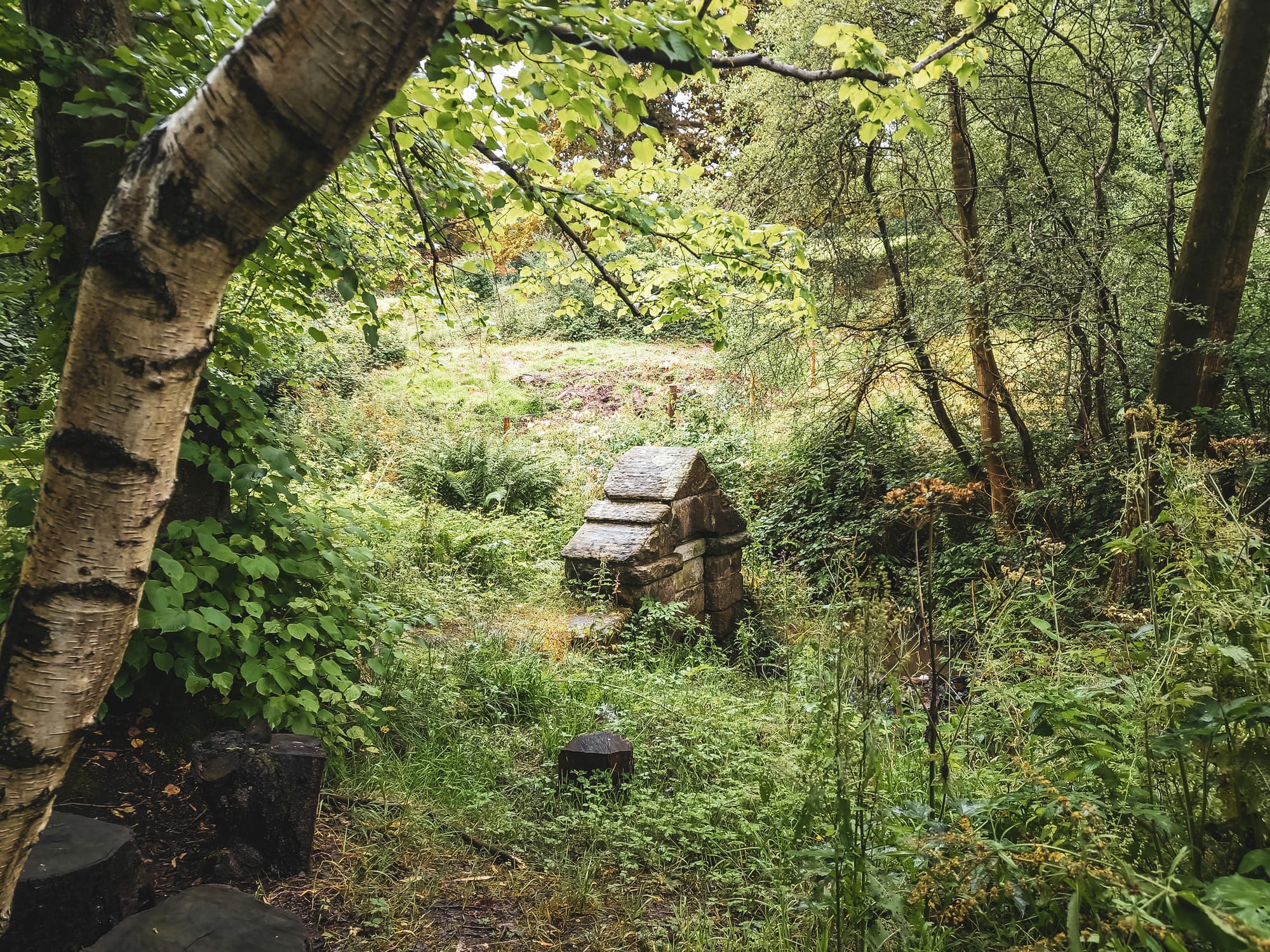Leek is home to many important historical sites, but one of its oldest and most intriguing is tucked away down an unsuspecting side street. Known as Ladydale Well, Lady Wall Dale Well or Lady o' th Dale Well, its history stretches back thousands of years, possibly named after the tithes collected from a nearby field for the upkeep of Our Lady’s Altar in the Old Church.
Watch my video on Ladydale Well on YouTube
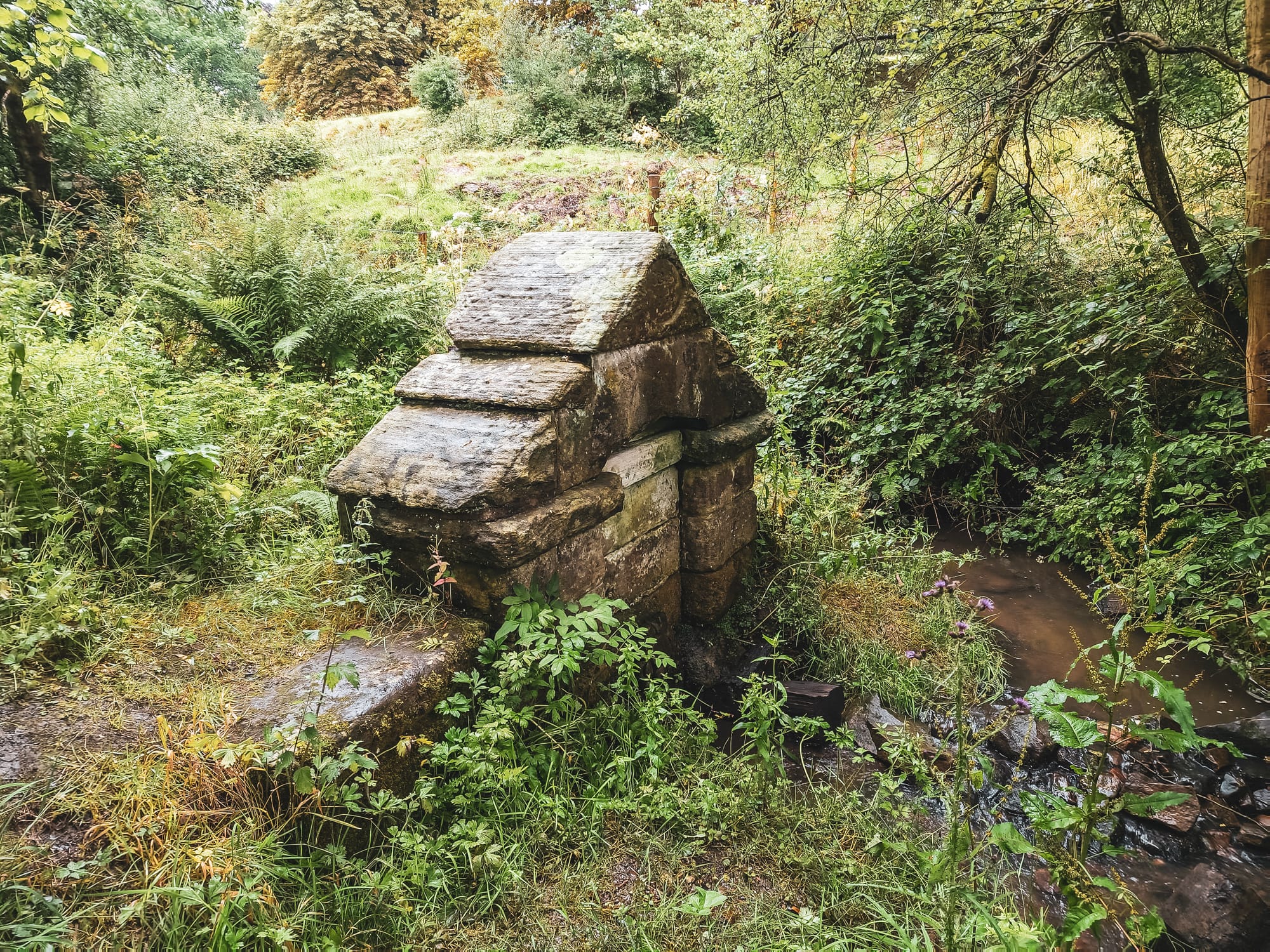
The well, located just off Ashenhurst Way, stands on what is believed to be an ancient shrine site. Historical paths suggest that people may have travelled between Ladydale Well and the Egg Well at Bradnop to benefit from their healing waters. Interestingly, these healing waters are thought to pre-date Christianity, with the stone wellhead possibly dating back to the 1850s.
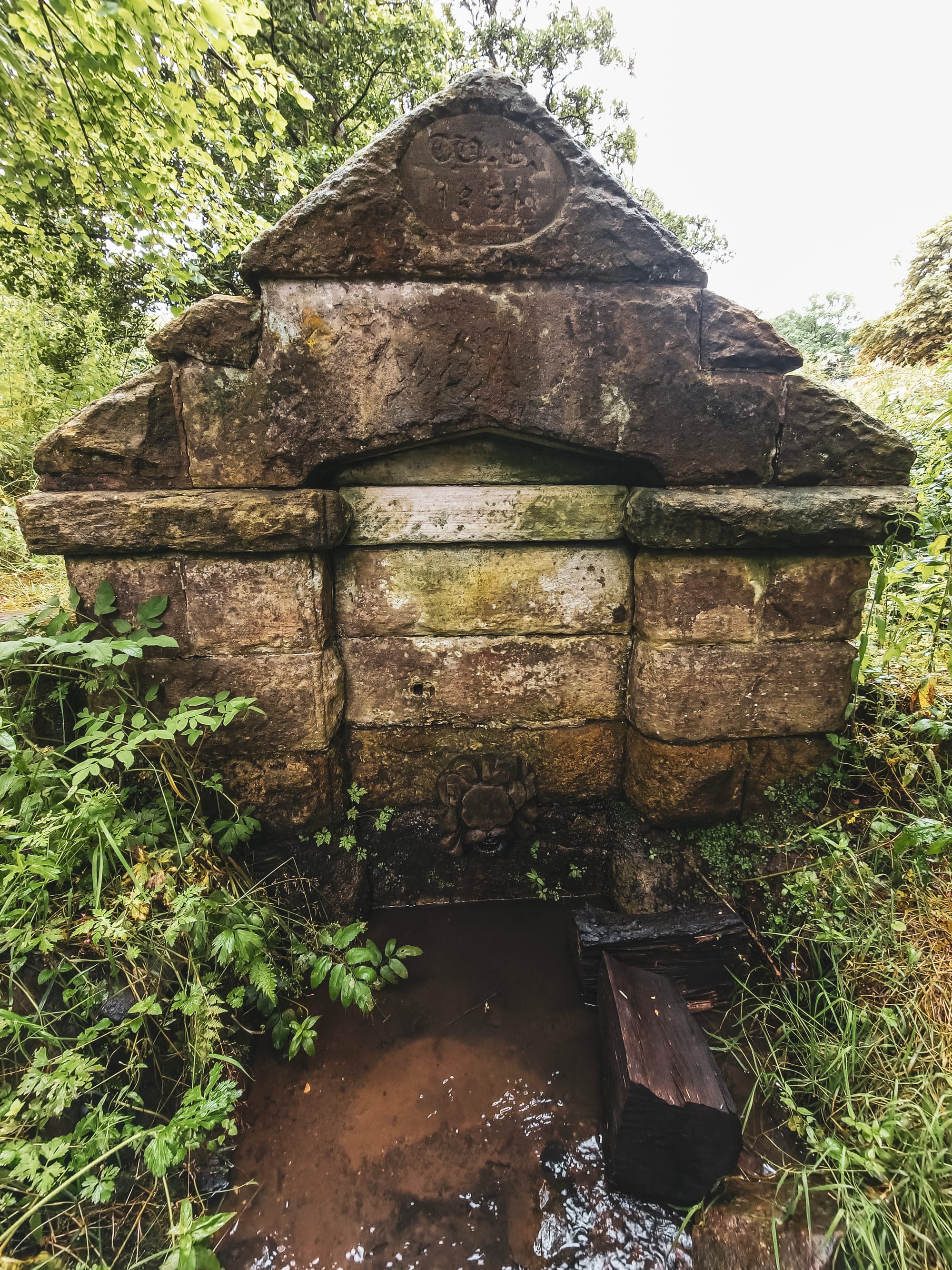
In more recent history, Ladydale Well served as a place of respite for silk weavers, known locally as the weavers' well, where they would soothe their tired eyes. Although the tradition of blessing the waters by St. Mary’s Church members has ceased, the site remains a cultural landmark.
The well as it is known today was constructed in 1854 by Mr William Challinor, who ensured the community of Leek could access its healing waters. However, the well was vandalized on October 28, 1939, suffering significant damage. Local activists protected it, leading to its Grade II listing on February 2, 1995, after a restoration that included replacing the lion's head.
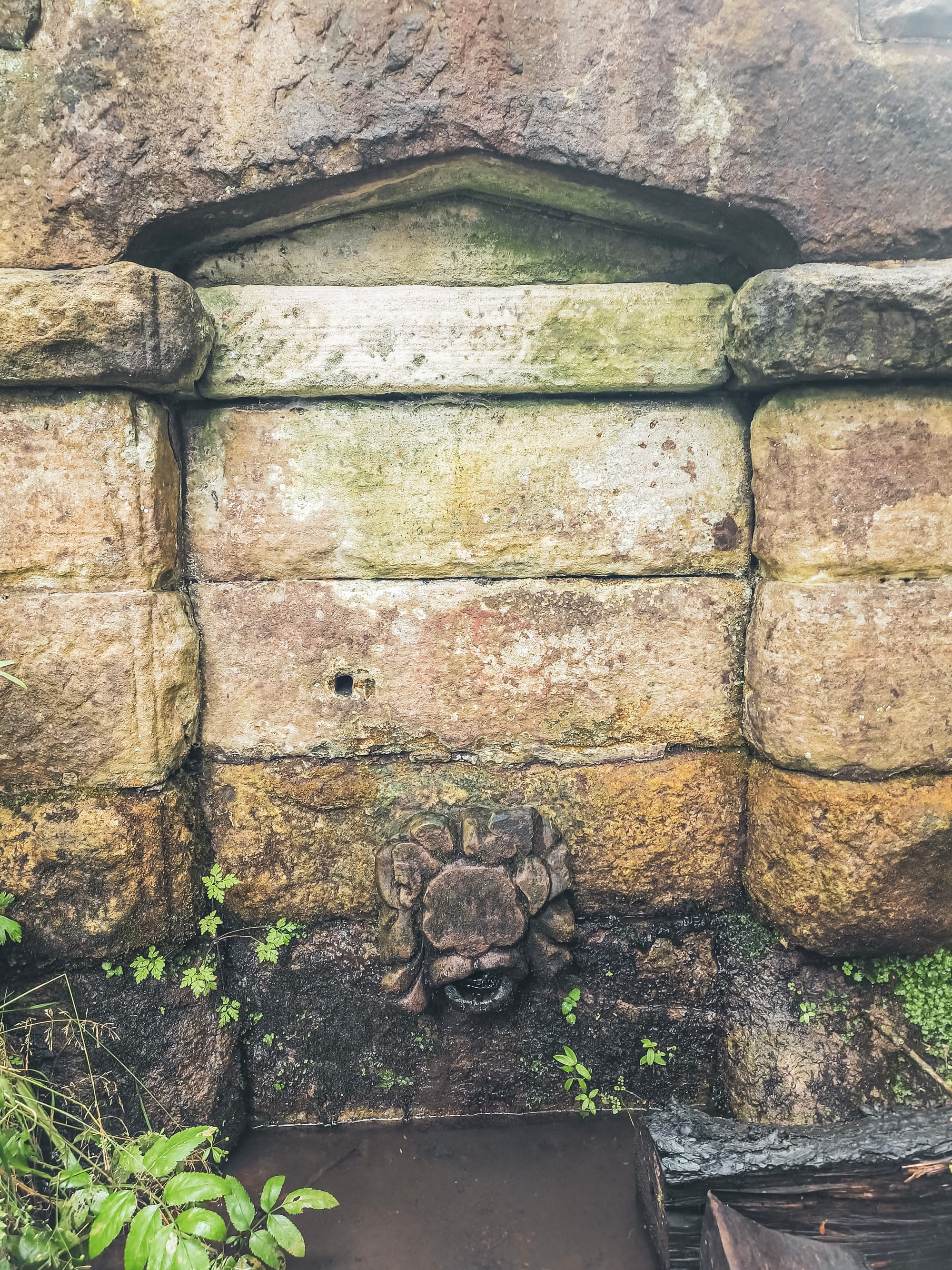
Previously referred to as Lady Wall Dale in the late 16th century, the well was part of a May Day procession tradition, which doesn’t seem to have continued. There has been speculation about the existence of a Christian Chapel dedicated to the Virgin Mary at Ladydale, which could explain the well's name. An archaeological excavation in July 2000 further confirmed the site's historical significance, identifying it as the most probable location of the original well, the St. Mary Chapel, and part of the ‘Viam Comitis’ or ‘High Earl’s Way’, a medieval highway used by Ranulf de Blunderville, the founder of Dieulacres Abbey.
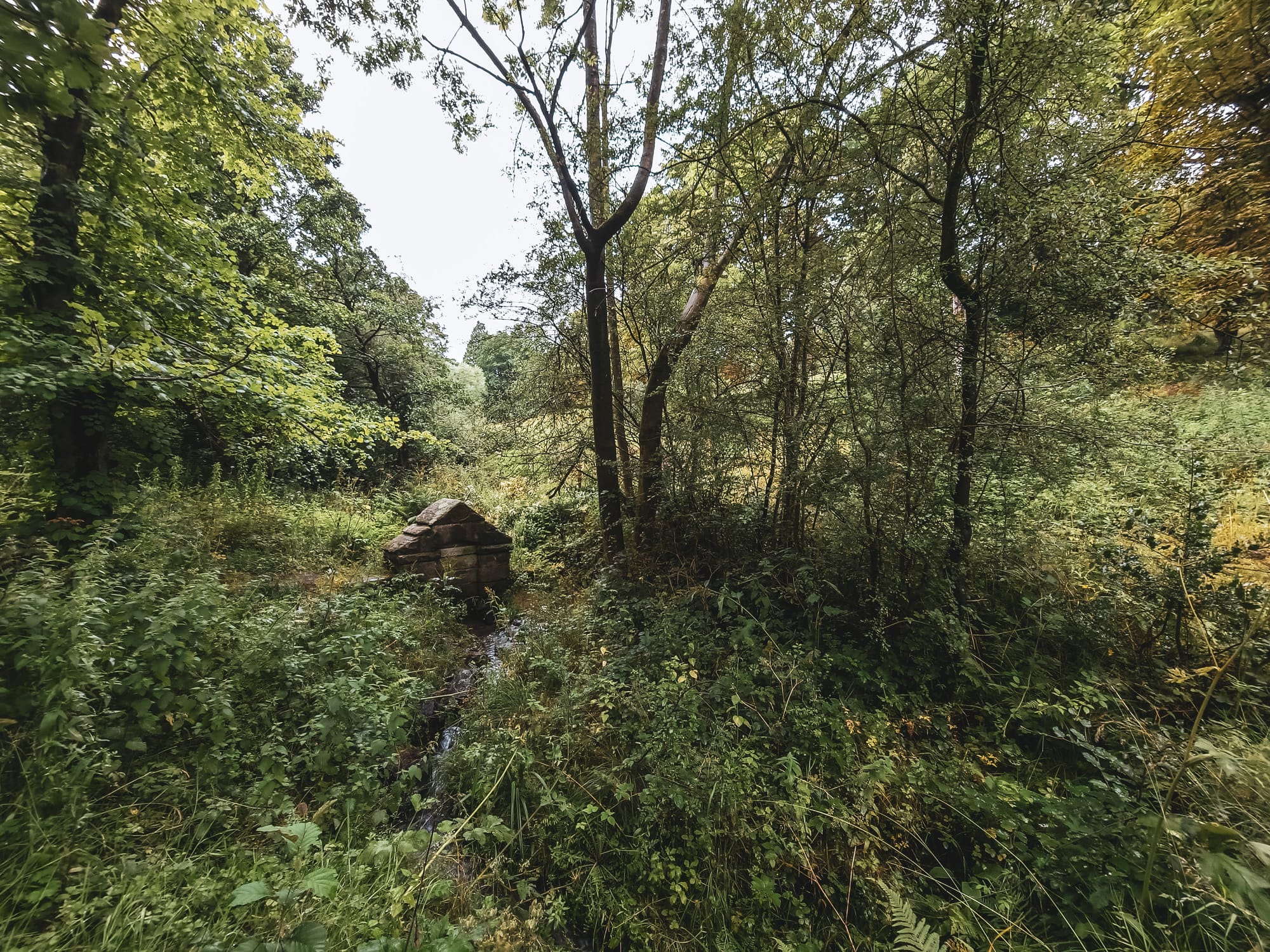
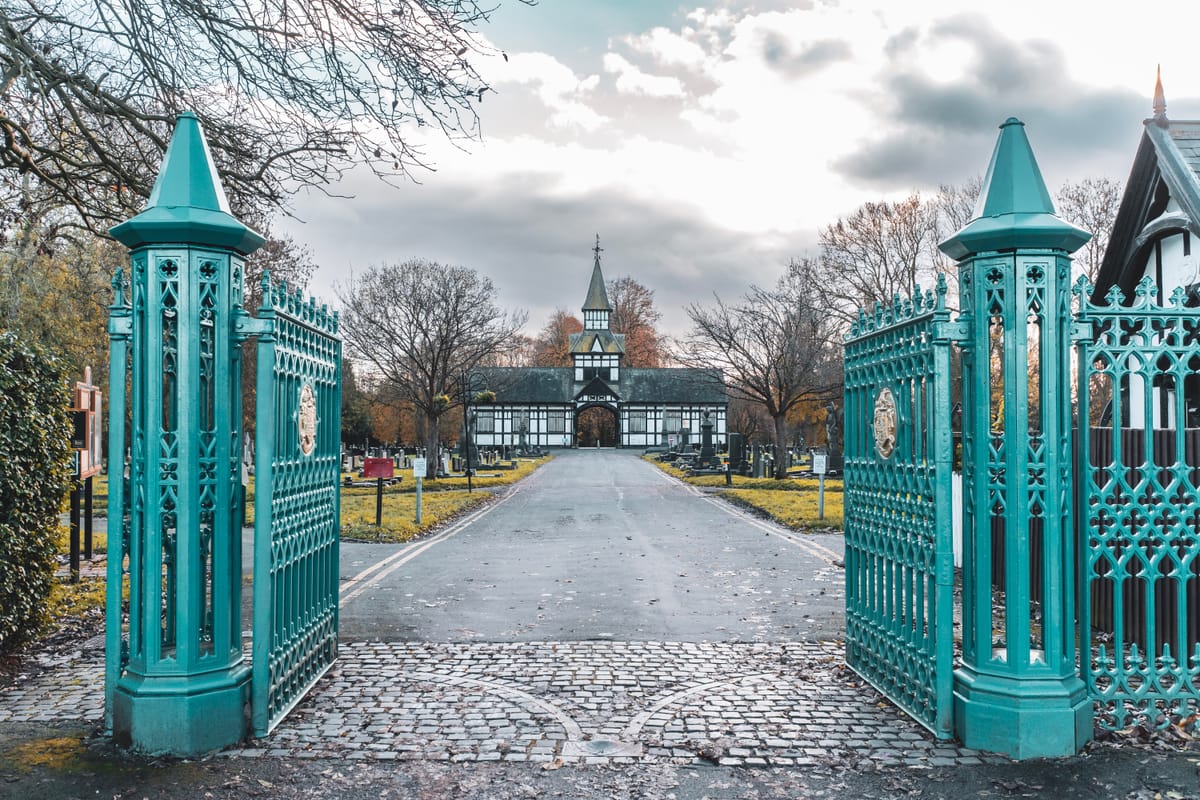
Thank you for reading!
If you like what you have read, please feel free to support me by following and signing up for my newsletter and/or buying me a coffee!

If you love our local history, don't forget to follow me, check out more of my videos and my website http://www.theredhairedstokie.co.uk
You can now also join my Patreon - www.patreon.com/TheRedHairedStokie
Check out my recommended reading list
